The Port of London has changed beyond all recognition in the past four decades. Once the docks teemed with men and ships from all over the world, now all is transformed and a new and vibrant area has grown up with commerce, stylish housing, fashionable shops and restaurants. Here are my Top Ten Facts about London’s Docklands.
1) Canary Wharf was developed on the site of the redundant West India Dock in an area known as the Isle of Dogs. It was spearheaded by an agency, set up by the Government, known as the London Docklands Development Corporation. Canary Wharf is the European Headquarters of scores of banks, media organisations and financial services companies. Over 100, 000 people work here in a series of iconic buildings, of which No. One Canada Square by Cesar Pelli is the centre piece.
2) Canary Wharf is situated in the Isle of Dogs, which is not an island but a U-shaped area of land bounded by the river and so-called because (allegedly and not very convincingly) Henry VIII’s dogs were exercised there. There is much to see. At the bottom of the “island” there is what Sir Christopher Wren described as “the best view of Greenwich”; indeed, many would describe it as the best view in London. Elsewhere on the “island” is the timber slipway where Isambard Kingdom Brunel launched the “Great Eastern” in 1858, at the time the largest steamship in the world.
3) Norman Foster’s superb Canary Wharf Underground Station is a majestic entry point. Within, one feels a bit like Jonah being swallowed by the whale. But this whale’s belly is more than a match for its Old Testament counterpart – Transport for London boasts it could accommodate the entire Canary Wharf tower, Number One Canada Square, lying on its side.
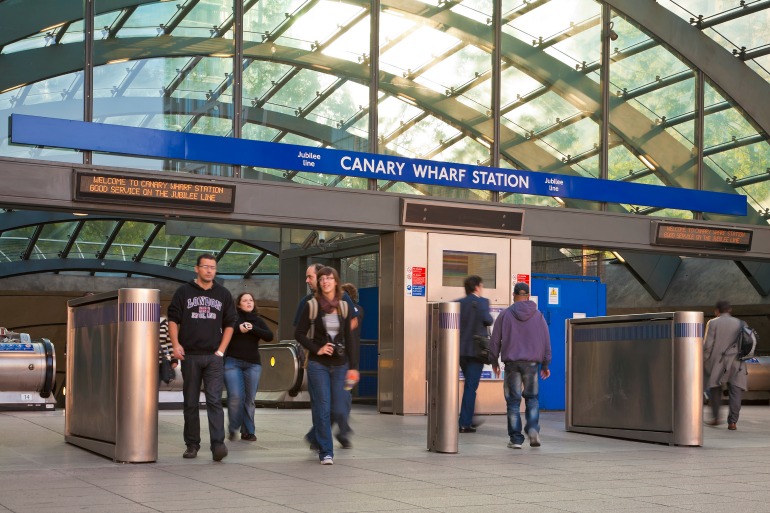 Canary Wharf station entrance. Photo Credit: © London & Partners.
Canary Wharf station entrance. Photo Credit: © London & Partners.
4) The development of Canary Wharf was not uniformly popular among the local community. They saw their way of life, where generation after generation had worked in the docks, under threat. The mighty office block towers seemed more suited to the Manhattan skyline than to the close-knit community they knew. Local feeling was made plain when a procession of protesters wended its way around the “island” with a coffin carried in front to symbolise “the death of the community”.
5) There are gardens and street art galore in Docklands. The renowned garden enthusiast, Sir Roy Strong, was consulted on the design of Cabot Square. The fountain at its centre is computer controlled and equipped with wind sensors to adjust the jets of water and prevent passers-by from being soaked in wind-blown spray. There is the quirky “Traffic Light Tree” by Pierre Vivant, a firm favourite for everyone but very confusing for the unwary motorist. And much more as well.
6) Canary Wharf buzzes with shops, good food, and entertainment. Shops range from small boutiques selling designer ware to chain stores. There are 120 outlets in a total of five malls. Lovers of food are well catered for. There is everything from coffee bars to burger joints to lively pubs to gourmet food from all quarters of the world. There is a vibrant arts programme – music, film, theatre, and dance – catering for all tastes.
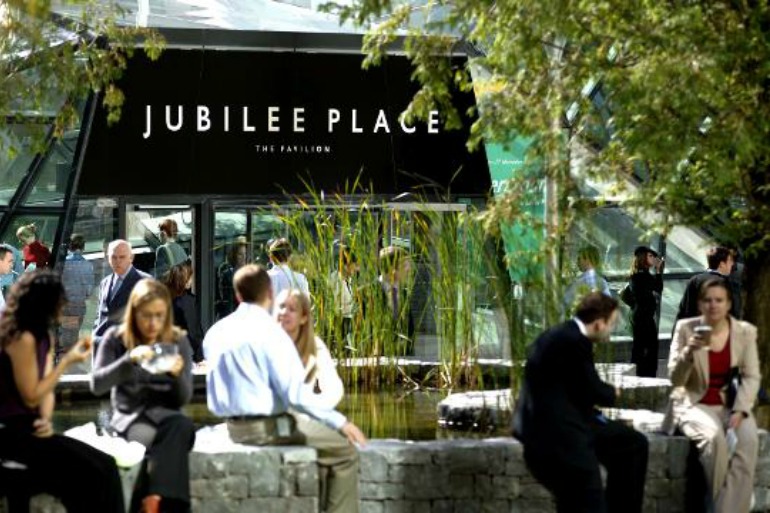 Canary Wharf – Jubilee Place Shopping Centre. Photo Credit: © London & Partners.
Canary Wharf – Jubilee Place Shopping Centre. Photo Credit: © London & Partners.
7) The West India Dock was London’s first enclosed wet dock where goods – rum and sugar from the West Indies – were imported. An inscribed plaque describes the laying of the foundation stone on 12th July 1800, reporting that it was all “at the expense of public-spirited individuals”. The official opening was in 1802 when – too much rejoicing – a ship bedecked with the flags of all nations sailed into the dock in style. But it was then down to business; the “Echo” soon arrived with the first of many consignments of sugar.
8) The West India Import Dock was lined with the magnificent warehouses designed by the Gwilts (a father and son business, both named George). Once there were nine of them, stretching the whole length of the dock. Only two remain, the others destroyed by bombing in the Second World War. Security was paramount – the window frames are cast iron, protected by spikes. Keys were held jointly by the Customs & Excise and the Dock Company. Now, the remaining two are smart restaurants with tables outside so diners can enjoy the dockside landscape.
9) The Museum of Docklands is housed in one of the warehouses. It is a splendid museum telling the story of London’s Docks river trade from the time of the “Legal Quays” in the City to the development of the Docks, their decline, and closure, through to the area’s re-birth as a world-renowned business centre. Displays tell the story of much more, such as the Dockers’ strike in 1889, immortalised in trade union history, when the men held out for 6d per hour, the famous Dockers’ tanner.
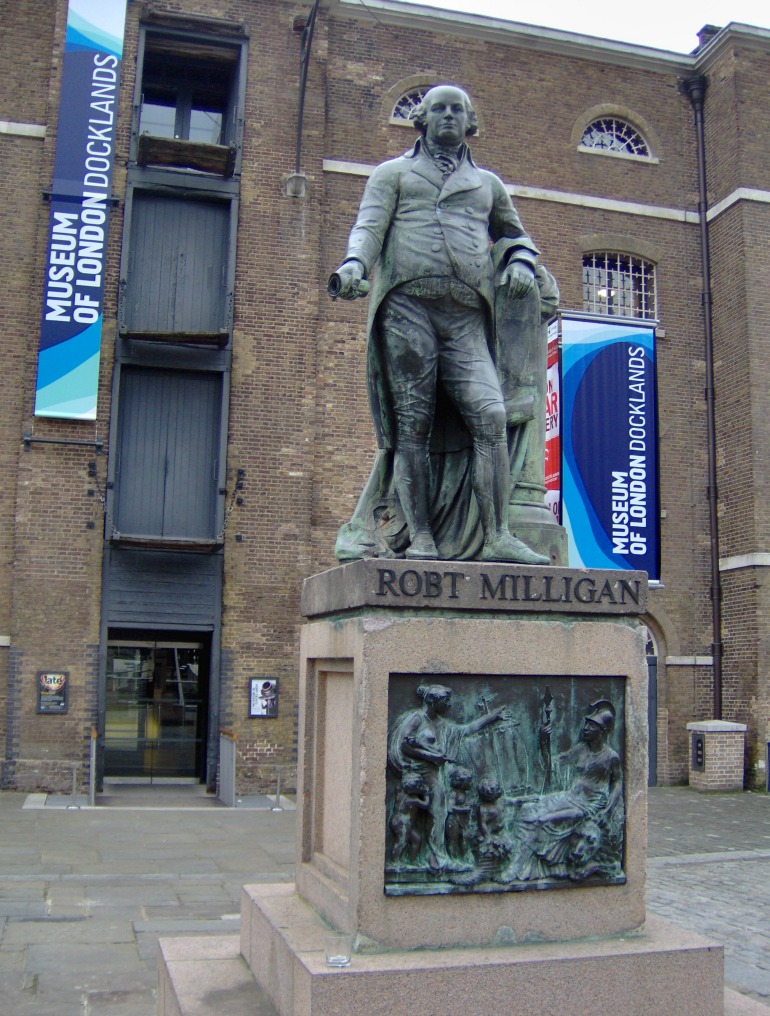 Statue of the English merchant Robert Milligan (1746-1809) in front of the Museum of London Docklands. Photo Credit: © By Tubantia via Wikimedia Commons.
Statue of the English merchant Robert Milligan (1746-1809) in front of the Museum of London Docklands. Photo Credit: © By Tubantia via Wikimedia Commons.
10) Dock work in the 19th century was insecure and men were employed on a casual basis. Men assembled at the dock gate every morning (the notorious “call on”). They would rush forward to catch the eye of the dock company’s ganger who would take on as many men as required and no more. The scene is best described by Docker’s leader, Ben Tillett, who commented: “the caller on would pick and choose like throwing scraps to hungry wolves”. Jack Dash remarked, “the call on reminds you of a flock of seagulls converging on a morsel”.
A visit to Docklands with an expert Blue Badge Tourist Guide is a journey through time. Hear about life in the largest system of docks in the world, their eventual demise and the rebirth of Docklands with the development of the iconic commercial, shopping and entertainment centre that is Canary Wharf.



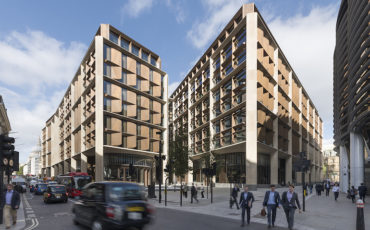
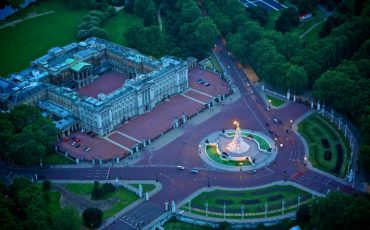


Leave a Reply